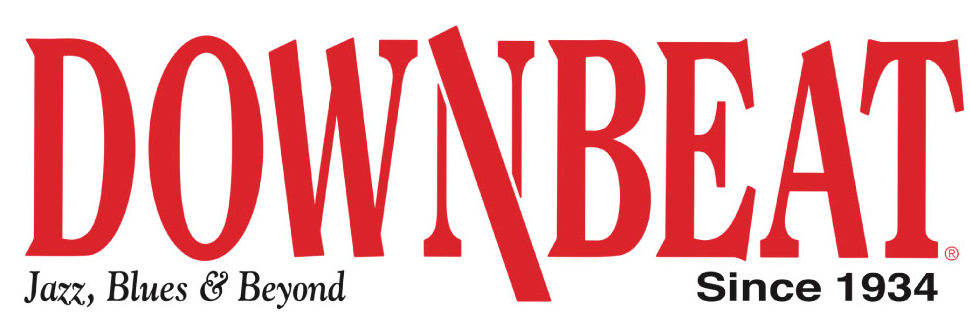by DAVID LIEBMAN
There is a distinction between art and craft. Craft implies mastering a specific technique to such a degree that one is competent enough to negotiate the general landscape of a given art form. For a jazz musician, this means sounding convincing using the rules, customs, signposts, etc., of the music. Art on the other hand transcends craft by communicating the artist’s personal and subjective feelings in the chosen manner. Aristotle wrote: “The aim of art is to represent not the outward appearance of things, but their inward significance.” Mastering craft is a necessary stage of the process ultimately leading to artistic expression representing an individual’s unique voice and personality–the ultimate goal of any artist’s quest.
Music is the medium through which I represent my deepest feelings and thoughts to the world at large. With music, the communication between the artist’s inner self and the listener is immediate and inherently devoid of any hidden agenda because of the abstract nature of sound itself-unseen, not tactile, etc. Have you ever heard someone play resentful or selfish music, or even on the other hand caring music? The fact that music is literally in the “ears of the beholder” opens it up directly to the heart and soul of the listener. This is especially true in the case of spontaneous improvised music, the core of jazz, which is so direct in its communicative approach, honestly delivered without pretense. The true message of jazz goes beyond intellect directly to the heart and soul itself.
On a more abstract level, a spontaneous improvised art such as jazz magnifies the moment. The act of improvising implies that the past and the future are irrelevant. There is no time for value judgments or censorship when one is improvising. If only because of the amount of information which has to be filtered through during the improvisational process, the jazz artist must be in the now, one hundred percent present, or the communicative value, let alone musical discussion at hand will be lost. At that point, the jazz player must rely on past habits or future intentions rather than immediate feeling. In fact, a constant dilemma for a jazz artist is just that: how to stay in present time, psychologically and musically. This “being there-ness” aspect inherent in improvisation places the artist in a position to interact in several important ways-in relation to the energy felt from the immediate environment and audience as well as the very real musical interaction taking place among the musicians themselves.
From a totally different standpoint, jazz for me represents the ultimate synthesis of independence and dependence, of the individual within the group. Except for the occasional solo performer, the majority of improvised jazz takes place in groups of several individuals which at its core symbolizes participatory democracy at work in real time. Though jazz places importance on finding and expressing one’s individuality, it also demands cooperation and teamwork for the greater musical good. There is a delicate balance between selflessness and ego, personified in trying to achieve a unified ensemble sound and equally, memorable individual solo statements that move the lister. Subtle social skills which are a prerequisite for any group interaction in everyday life are called upon in the typical jazz group, albeit using the language of music as the means.
Jazz perfomance requires fine tuning of the intellect intertwined with physical coordination on the highest level. The intellect has to have stored an incredible amount of technical and mathematical-like data in order to reproduce this information upon demand in the spontaneous jazz setting. Improvisation also demands immediate problem solving abilities to delineate the proper responses to both the musical challenges inherent in the music itself as well as the reactions necessary for handling the possibilities and consequences of group interaction. It goes without saying that manual dexterity, the range of which depends upon the specific instrument, is taken for granted. In common with some team sports, combining mind and body into a smooth and unified flow is an ongoing process and challenge for the improviser.
There is also the matter of simultaneously expressing thought and feeling. In a musical gesture, how much is a mental cognition versus raw feeling? Does the improvising artist know exactly what (s)he is doing every moment of the way? Does it really matter? In the final analysis of course it is the listener’s reaction that is paramount but these questions do permeate an improviser’s world.
The quest for an individual and recognizable sound or style emphasizes the concept of total freedom. What an audience is truly witnessing beyond hearing the music is the result of an individual’s ultimate expression of free will. The rendering of man’s primordial need and legitimate right for self expression is potent and symbolic to all those who hear the music. The inherent “cry” of human passion in jazz as in all great art cannot be denied.
On another level as compared to other forms of music, classical, world, pop, jazz is an inclusive music borrowing from all sources, both the musical and real world to inspire ideas. Jazz musicians are by and large among the most welcoming of artists to gaining inspiration from other sources.
Jazz music conveys a positive energy that serves as a beacon of light for all to feel and recognize.


